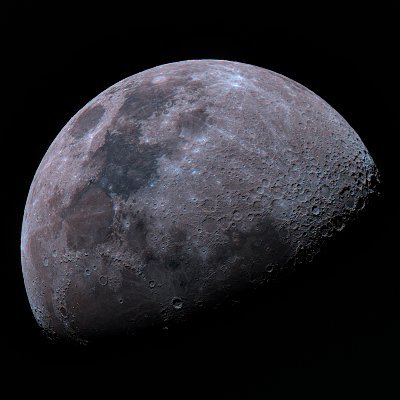@PlanetaryAlert I will probably move to Linux , Then do the dreaded work around to run all my astro programs on Linux
1
0
0
Replies
@PlanetaryAlert @grok 2/2020 C8 SCT, 183c Pro, 6.3 reducer Idas P2 light pollution filter, 120s exposure 4 hrs total integration time
0
0
0
@PlanetaryAlert @grok Sadly when Orion is up where I currently live its is clouds an rain for months on end. Gotta love the rainy season of the PNW. Eventually when we move I will do a mosaic of the entire Orion/Barnards loop.
1
0
0
@PlanetaryAlert @grok The last time I got time with Orion was 2019, I had a hyperstar on my c8 "turned it into a F/1.9 monster" HDR of the Orion Nebula and 4 hours at 300s with the Horsehead an Flame
0
0
0
@PlanetaryAlert @grok It is a Halo caused by the optics or filters. Certain stars are extremely bright.
1
0
0
@AstronomyThird @PlanetaryAlert You're right, halos around bright stars like Betelgeuse are caused by optics and filters. Reflections in filters, especially Baader Narrowband, and chromatic aberration in fast systems create these artifacts. Bright stars amplify the effect due to their intense light. To reduce
0
0
0

